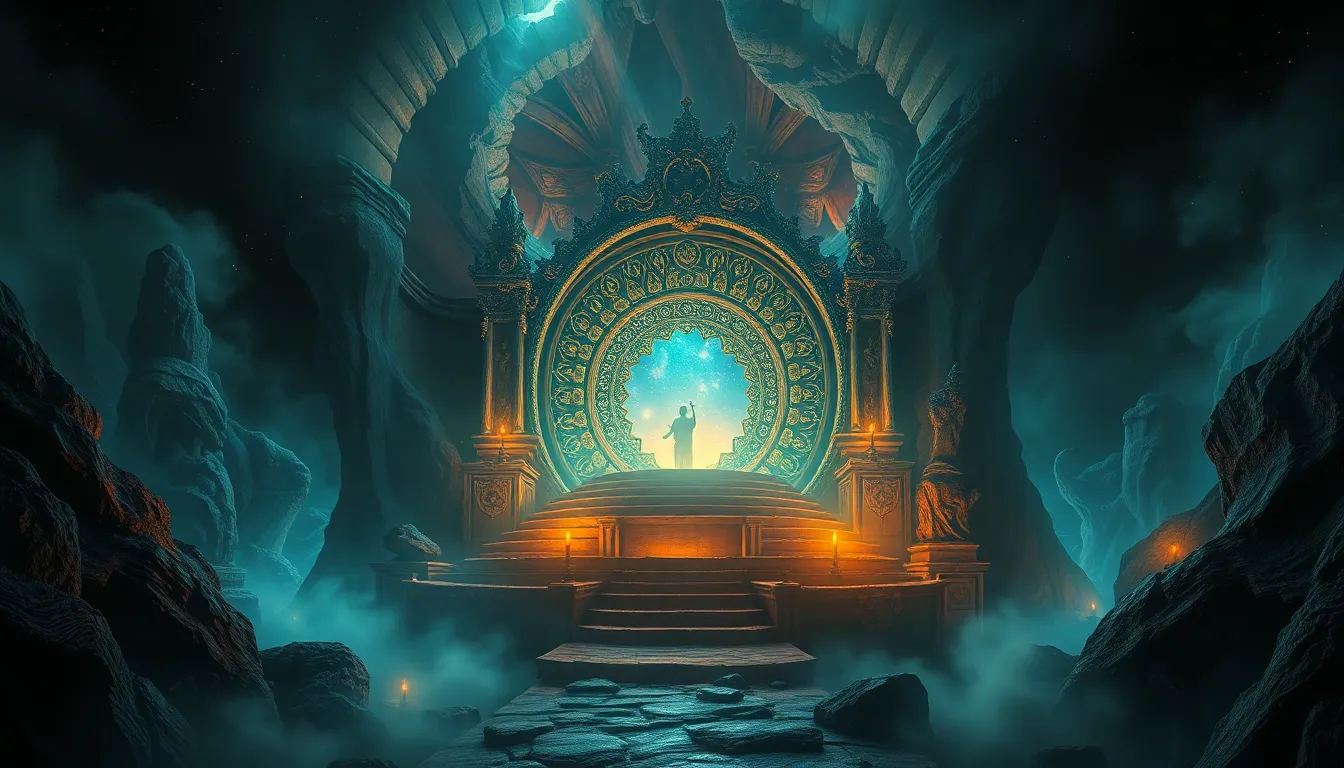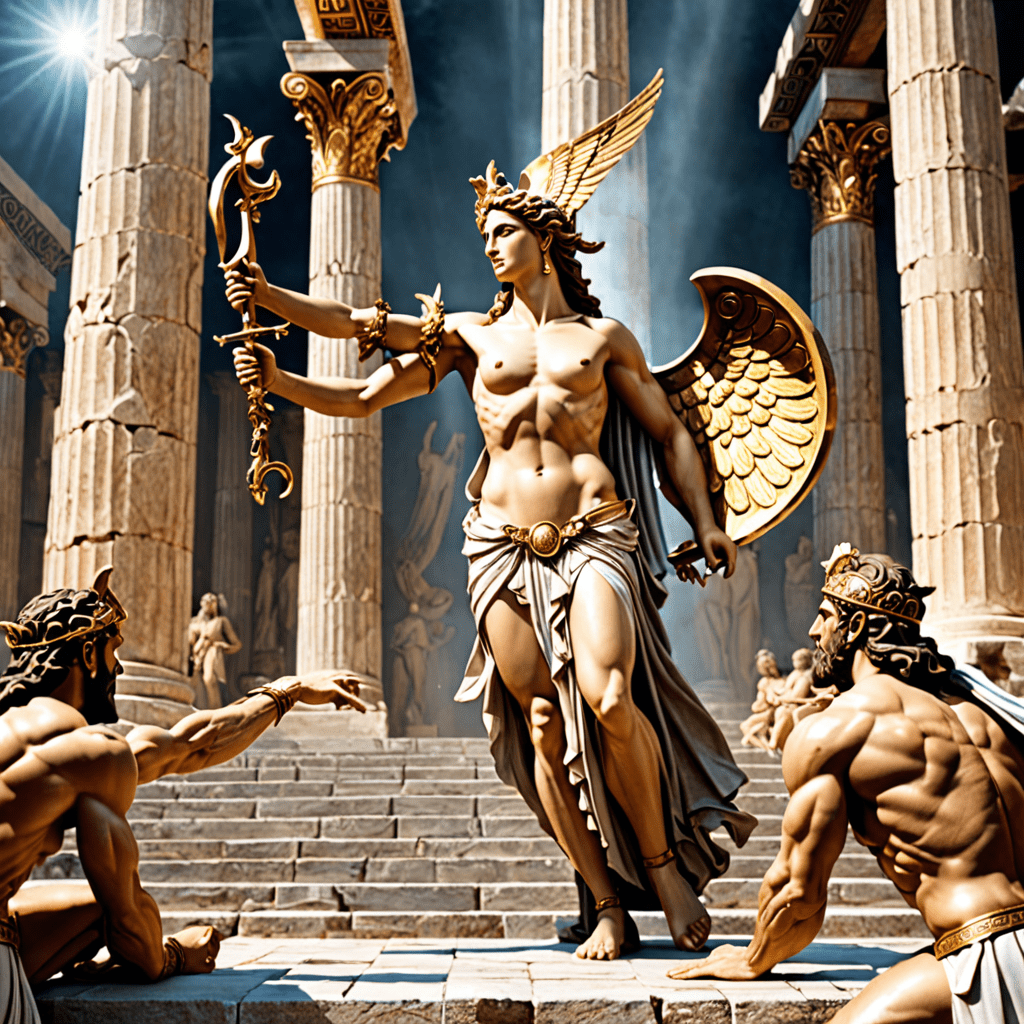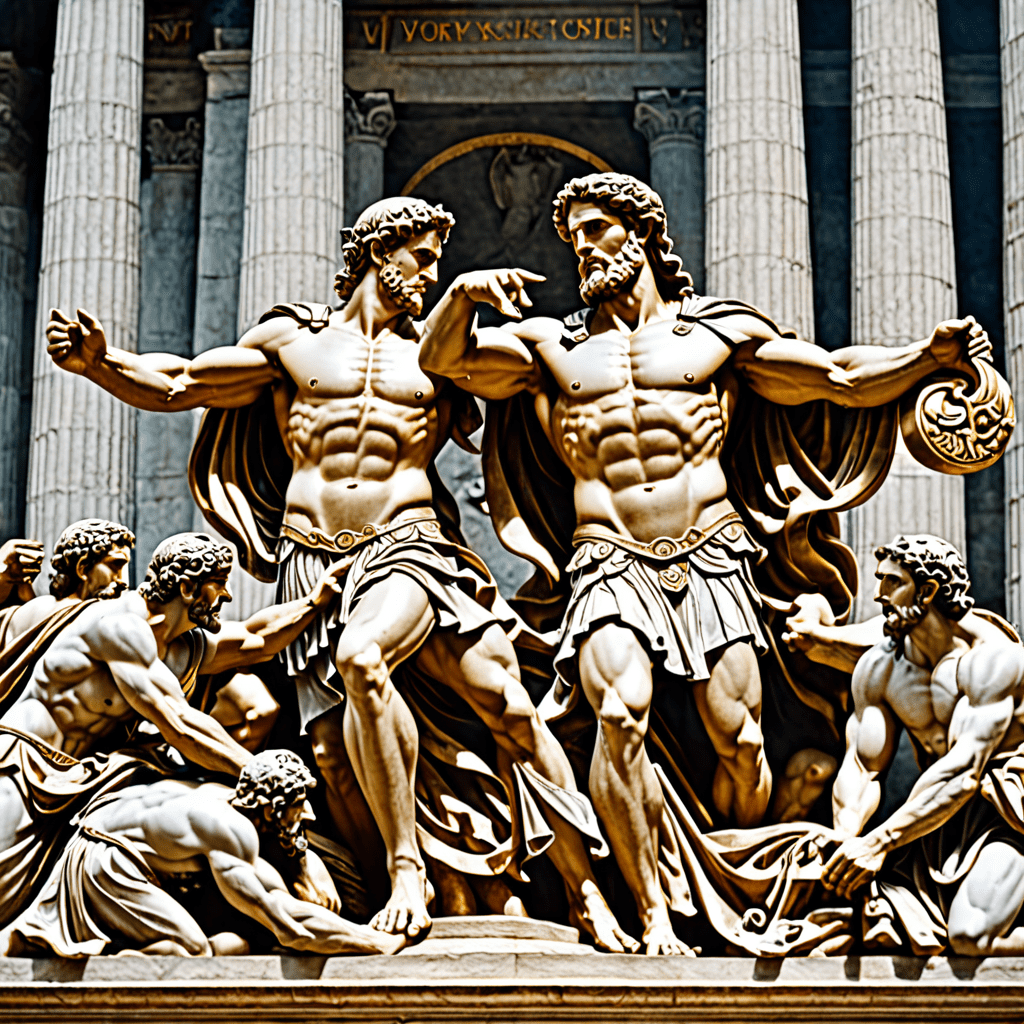The Sacred Alchemy: Transformative Mythical Locations
I. Introduction
The concept of Sacred Alchemy refers to the metaphorical transformation of the self through sacred experiences and mythical narratives. It encompasses the journey of individuals or cultures as they seek deeper meanings and transformations in their lives, often facilitated by mythical locations.
Mythical locations hold immense importance in cultural narratives, acting as settings where transformative events unfold. These places often embody the intersection of the physical and the spiritual, serving as catalysts for personal and communal change.
This article explores how mythical locations facilitate transformative experiences, examining their roles in various mythologies and cultural traditions.
II. The Concept of Transformation in Mythology
Transformation is a recurring theme in mythology, reflecting the dynamic nature of human experience. Historical contexts reveal that myths often serve as narratives to explain and navigate profound changes in life.
Archetypes of transformation frequently include heroes, gods, and sacred places. Heroes undergo trials that lead to personal growth, while gods may transform in response to human actions or cosmic events. Sacred locations, too, often symbolize stages of transformation, serving as the backdrop for these journeys.
The psychological significance of transformation in mythology lies in its ability to resonate with human experiences. It offers a framework for understanding one’s own struggles and aspirations, highlighting a universal quest for growth and enlightenment.
III. The Role of Mythical Locations in Storytelling
Mythical locations are imbued with symbolism, often representing sacred spaces where the mundane meets the divine. These locations serve as catalysts for change, initiating journeys of transformation for characters and, by extension, for the audience.
- The symbolism of sacred spaces: Many mythical locations are viewed as thresholds that separate the ordinary from the extraordinary.
- Locations as catalysts for change: Characters often undergo significant transformations upon entering these spaces.
- Examples of mythical settings: From Mount Olympus in Greek mythology to the sacred rivers in Hindu tradition, each location carries its own transformative power.
IV. The Sacred Grove: Nature’s Alchemical Laboratory
Sacred groves are revered in various traditions around the world, symbolizing nature’s alchemical potential. These groves often serve as sanctuaries where individuals can connect with the divine and experience profound transformations.
Transformative experiences associated with nature can be deeply spiritual, leading to moments of clarity, healing, and rebirth. Many cultures believe that communion with nature in these sacred spaces can catalyze personal and collective growth.
Case study: The sacred groves of ancient Greece were places of worship, where individuals sought guidance from the gods. The groves often hosted rituals that facilitated personal transformation and community bonding.
V. The Mountain as a Symbol of Ascension
Mountains are powerful symbols in mythology, often representing pathways to the divine. The journey to the summit becomes a metaphor for personal growth, embodying the struggles and triumphs of life.
Notable mythological mountains include:
- Mount Olympus: Home of the Greek gods, representing the ultimate spiritual aspiration.
- Kailash: A sacred mountain in Hinduism and Buddhism, symbolizing enlightenment and the divine.
- Mount Sinai: The biblical mountain where Moses received the Ten Commandments, representing a pivotal moment of transformation.
VI. The Underworld: A Realm of Death and Rebirth
The Underworld is often depicted as a symbolic space where death and rebirth occur. It represents the necessary descent into darkness before achieving enlightenment or transformation.
Legends of descent and return illustrate the transformative journeys taken by heroes and mortals alike. These narratives often emphasize the importance of facing one’s fears and undergoing trials to emerge renewed.
Comparative analysis: Across cultures, myths of the Underworld share common themes of transformation. For instance, the Greek underworld of Hades contrasts with the Norse Hel, yet both serve as realms where souls undergo significant metamorphosis.
VII. The Isle of the Blessed: Utopian Transformation
Mythical islands often symbolize paradise and enlightenment, representing the ultimate goal of transformation. These locations are characterized by isolation, which facilitates profound personal and collective change.
Examples of mythical islands include:
- Avalon: The legendary island from Arthurian legend, symbolizing healing and eternal youth.
- Atlantis: A lost civilization that represents the pursuit of knowledge and the consequences of hubris.
- Hy-Brasil: An island in Irish mythology, representing a place of abundance and spiritual awakening.
VIII. Pilgrimage and Sacred Routes: Journeys of Transformation
Pilgrimage holds significant meaning in various religions, often representing a journey toward spiritual enlightenment. The act of traveling to sacred sites can lead to transformative experiences, both personally and communally.
Transformative experiences along sacred paths are often marked by moments of reflection, connection, and revelation. Pilgrims frequently report feelings of renewal and clarity upon completing their journeys.
Case studies: Famous pilgrimage routes like the Camino de Santiago and the Hajj highlight the profound impact of sacred travel on individual transformation and community bonding.
IX. Modern Interpretations and the Influence of Mythical Locations
Contemporary culture often reinterprets mythical spaces, breathing new life into ancient narratives. Modern storytelling, including literature and film, frequently draws inspiration from these mythical locations, showcasing their ongoing relevance.
The impact of travel and tourism on sacred sites cannot be understated. As more people seek transformative experiences, these locations become focal points for personal discovery and cultural exchange.
Personal narratives of transformation abound in modern contexts, where individuals share their journeys through sacred spaces, illustrating the enduring power of these mythical locations.
X. Conclusion
In recap, the transformative power of mythical locations offers profound insights into personal and cultural narratives. These sacred spaces serve as mirrors reflecting our own journeys of transformation, encouraging us to seek deeper understanding and growth.
The ongoing relevance of sacred alchemy in today’s world invites individuals to explore their own transformative journeys through myth and place. By engaging with these narratives, we can uncover new meanings and paths in our lives.




